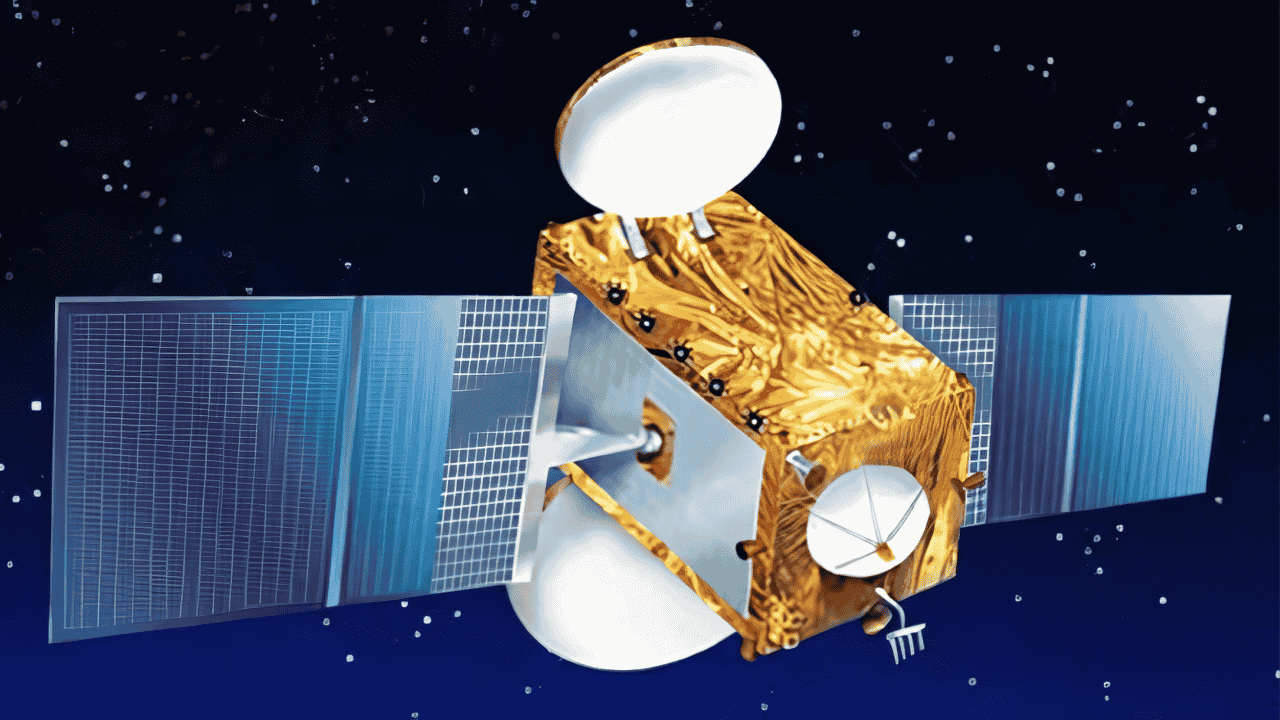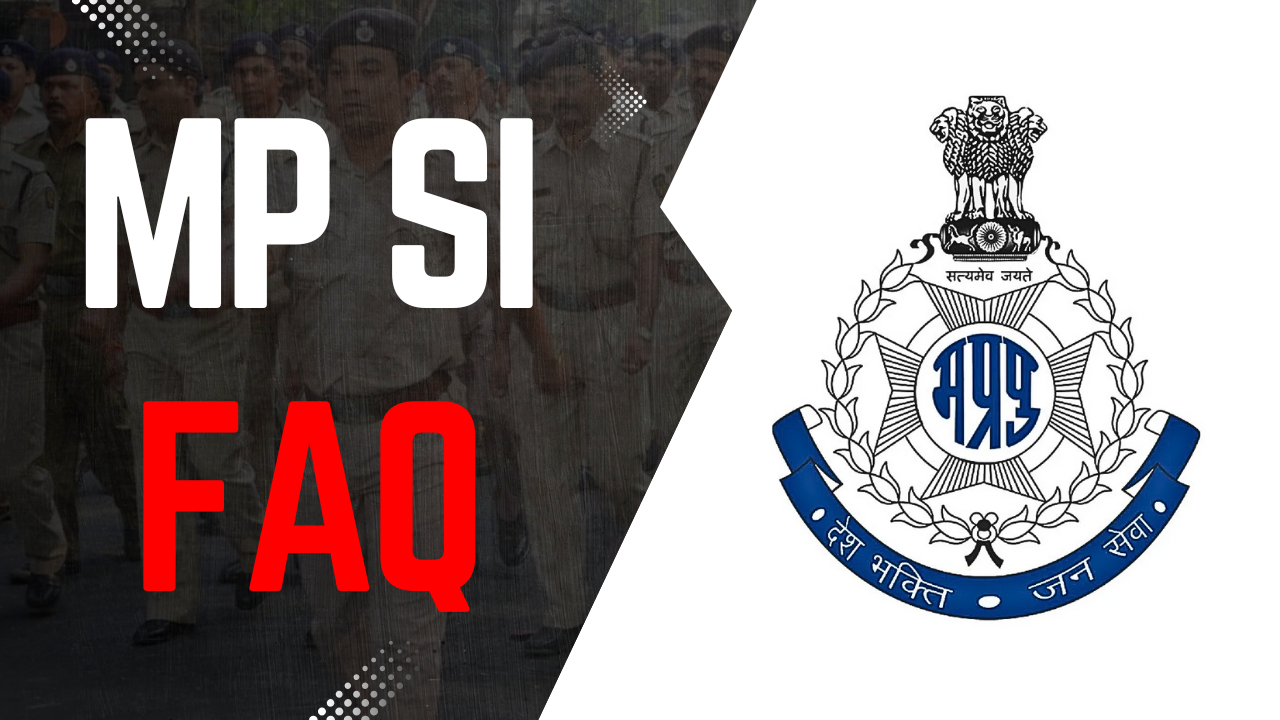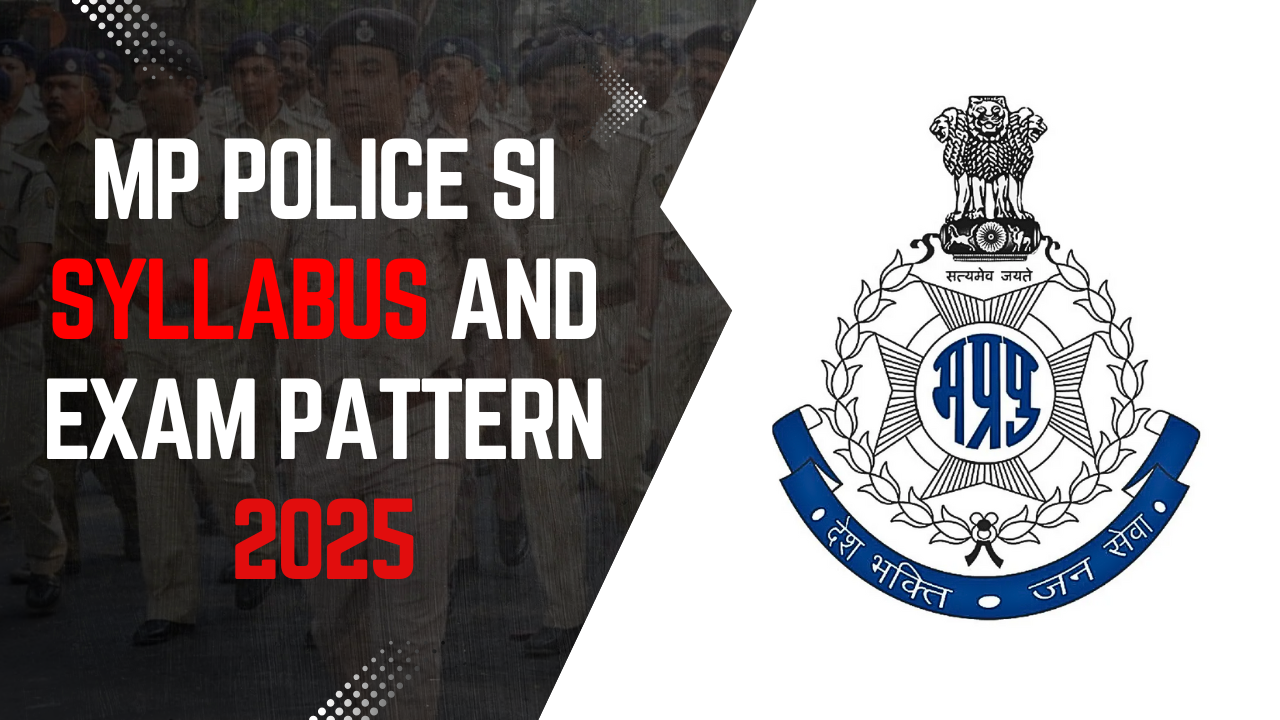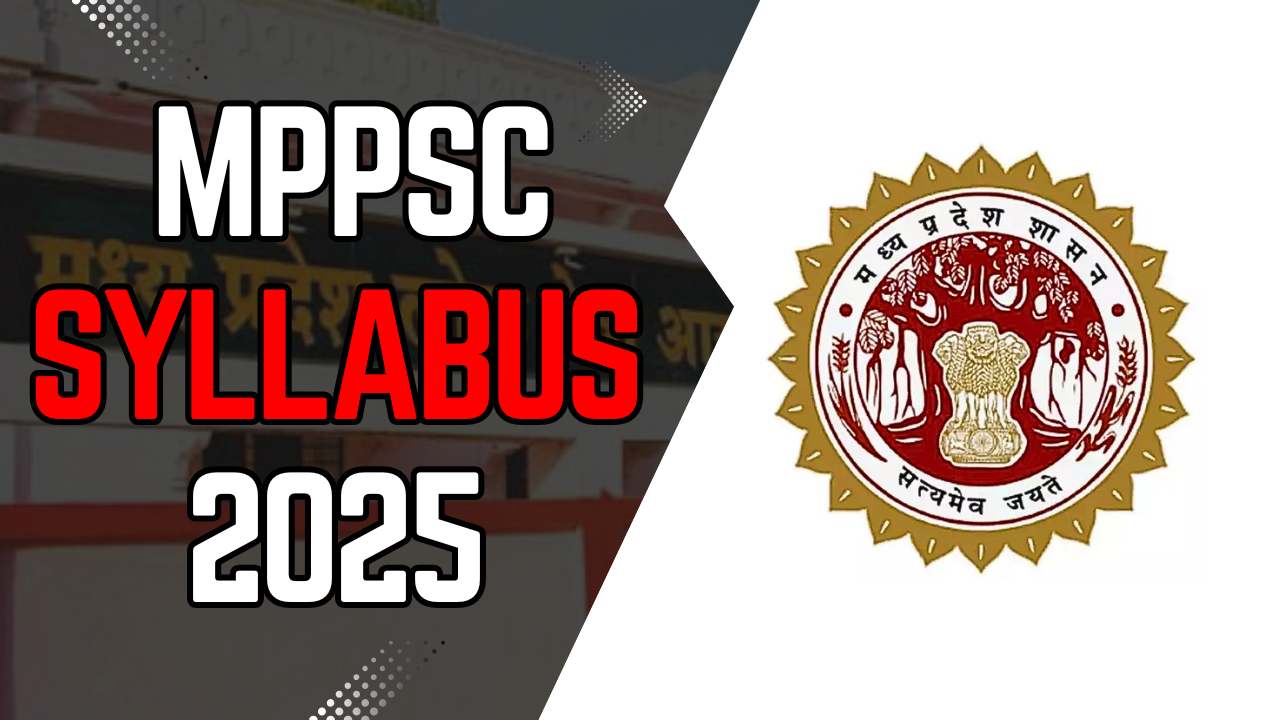India’s First Education Satellite: EDUSAT
The Indian Space Research Organisation (ISRO) launched GSAT-3—better known as EDUSAT—on 20 September 2004. This was India’s first satellite specifically designed for educational purposes. Its main goal was to deliver interactive and satellite-based education to even the most remote areas of the country.
EDUSAT opened new pathways for delivering digital content directly to classrooms in schools and colleges. Teachers and students could connect interactively, sharing video lectures, training programs, and educational materials easily. Through EDUSAT, teacher training, curriculum-based education, and interactive classroom sessions became possible nationwide. Students in remote schools and rural regions gained access to high-quality education, bringing about a revolution in technological innovation and equal opportunity in learning.
Key Features of EDUSAT
Total weight: Approximately 1950 kg
Orbit: Positioned in geostationary orbit, about 36,000 kilometers above Earth
Transponders: Equipped with 6 C-band and 6 Ku-band transponders for distributing educational content at national and regional levels
Power: Operated via four solar panels and batteries, enabling uninterrupted service during eclipse periods
Launched from Sriharikota using the GSLV-F01 vehicle and designed on ISRO’s I-2K bus model
Exam-Relevant Facts
EDUSAT was India’s first satellite dedicated exclusively to education
Enabled virtual classrooms and live lectures using Satellite Interactive Terminals (SITs) and Receive Only Terminals (ROTs)
Expanded access to quality education for rural and remote students nationwide
Brought transformative change in STEM, vocational courses, and teacher training via satellite
Enabled millions of students, especially in states like Haryana and Gujarat, to benefit from digital learning
Innovation and Social Impact
EDUSAT paved the way for digital education, dramatically changing India’s educational landscape
Helped bridge the gap between urban and rural learners, enabling equal opportunities
States customized curricula and training programs efficiently through the satellite’s network
Why this matters for your exam preparation
EDUSAT connects directly to key UPSC syllabus topics such as Science & Technology, policy-making, and educational reforms
Highly relevant for questions on current affairs, technological innovation, improvement of India’s education system, and equal opportunity in learning for UPSC Prelims and Mains
Provides an excellent case study and example for essays and interviews on digital education and government missions
Referring to EDUSAT can strengthen answers related to future digital learning and public policy initiatives
India’s EDUSAT satellite stands as a landmark innovation, democratizing education and bridging urban–rural divides. Serious aspirants should understand its technical, social, and policy impacts for both factual and analytical questions across UPSC and other competitive exams.






